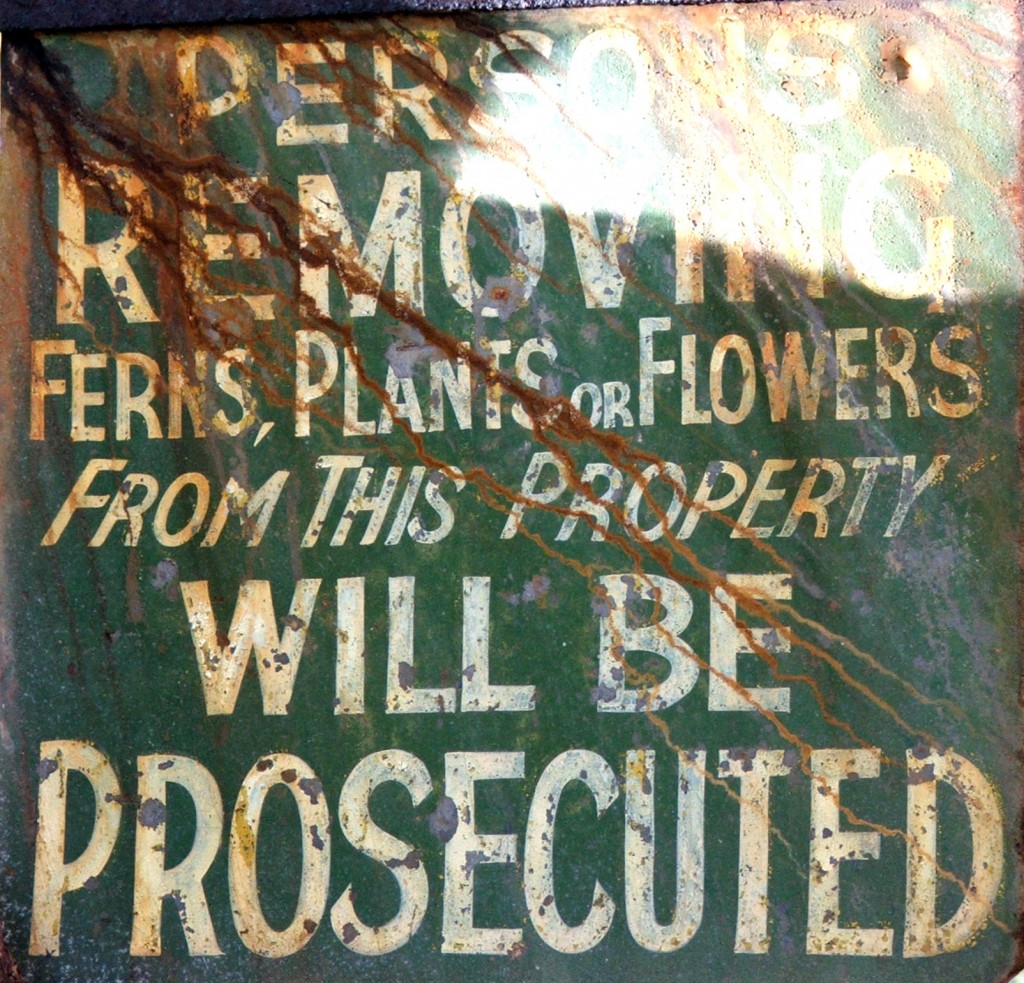What to Do If IP Infringement Happens to You
You’re sailing along on what feels like a perfectly normal Tuesday at the Agency when you get the dreaded call or email that reports one of the following scenarios:
– That prospect? The one you pitched but didn’t convert? They’ve got a brand new campaign and it looks just like Concept #2 from your pitch book.
– Another Agency’s redesigned website looks oddly familiar. Wait a minute – is that your positioning and illustrations on the home page?
– A competitor just launched a new service with a logo or tagline that looks or sounds just like yours – and they bought a domain name that looks like yours, too.
Hopefully, not all three of these happen simultaneously, and, if you’re very lucky, you may never run into direct infringement in your career. But what if your client does? They may need the Agency’s guidance on how to address it. Whatever the specific situation, intellectual property is just that – property. It’s an asset, with value, and whenever it is misappropriated (read “stolen”), its owner is usually financially damaged.
Intellectual Property is just that – property. It’s an asset with value, and whenever it is misappropriated its owner is usually financially damaged.
So, how do you react? What’s your first step? First, does the situation look like an honest mistake or coincidence? If so, some quick conversations can likely resolve it and stop the misappropriation. If not, it may not be the first time the infringer has acted, and, unchecked, it probably won’t be the last time, either. In that case, here’s your action plan to prioritize the actions that should be taken, some, right away, and some if escalation becomes necessary.
Assess Your IP Documentation
Quickly identify the specific intellectual assets that have been infringed – creative work, package designs, software coding, and brand trademarks are among the most common targets – and assemble all documentation you have around the history of their creation and use. This is particularly critical for copyright claims, where you need evidence of tangible work to prevail. If it’s a trademark that is being misused, get documentation of when and where the brand mark was first used.
Determine Whether the IP is Registered
While it isn’t mandatory to actually own rights in intellectual assets, registration of your trademarks and copyrights is important to prevailing in an infringement case, and also gives the owner significant procedural and economic advantages in a dispute. Also, if you need to sue someone for copyright infringement, it is a legal prerequisite to filing suit. In a domain name dispute, federal trademark registration is your trump card. Gather your registrations, or quickly determine whether expedited registration applications must be filed.
Send a Cease & Desist Demand
Present your claims in a cease and desist demand letter to the offender, including a description of the assets that have been infringed upon, copies of any registrations that are in place, and a short-term deadline when the misuse must stop, after which you will escalate the matter to legal process. Send the demand by some trackable, traceable method like certified U.S. mail or commercial courier with receipt verification.
Exercise Your “Non-Litigation” Legal Remedies
There are legal remedies short of a lawsuit that owners of IP can exercise. For example, if you are the victim of a website “copycat,” the Digital Millennium Copyright Act (DCMA) allows you to send a takedown notice about the offending content to the operator or service provider hosting the site. If the issue is an unavailable domain name and you own a registered trademark, there are ICANN domain name dispute resolution procedures to address the problem. There is also now a trademark “clearinghouse” to help trademark owners protect their registered marks from misuse.
Sue for Infringement
There’s no question about it – lawsuits for IP infringement are costly. They eat up resources of time, money, and goodwill. If the financial stakes are significant, though, they are sometimes necessary. Working through these action steps will put you in the best possible position to prepare if litigation is necessary.
Investing in protection of your intellectual property up front makes reaction in an infringement situation faster and less expensive. With an experienced IP lawyer on your business team, you can better navigate these steps to resolve the situation as quickly and effectively as possible.
Did you find this post informative and helpful? You can sign-up for free Legal + Creative updates at the right-bottom of our Home Page. We’ll send you legal insights and tips as we create them – IP we’re more than happy to share with you.

There are 2 comments .